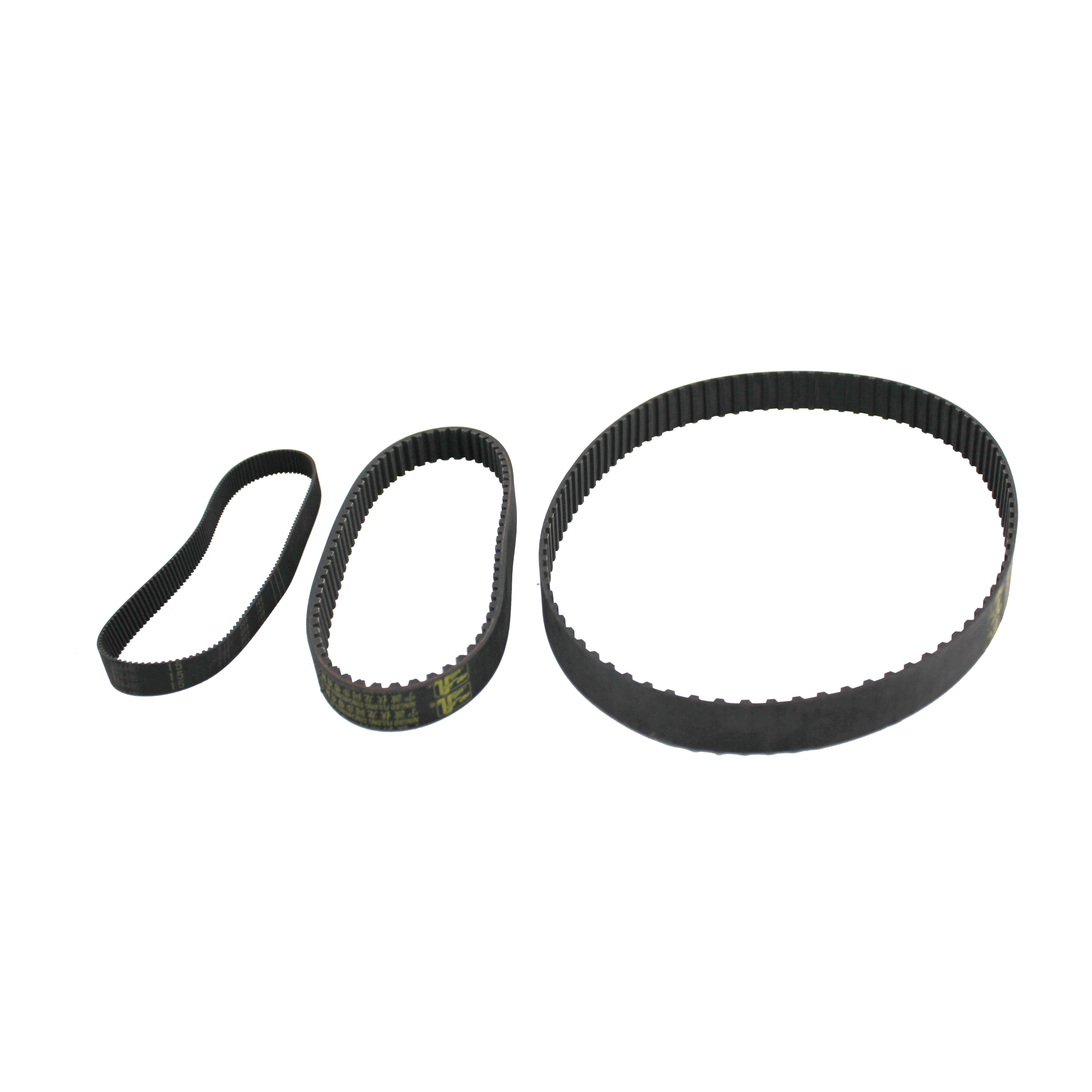ball screw bellows
Understanding Ball Screw Bellows Essential Components for Precision Engineering
In the realm of precision engineering and motion control, ball screws are crucial components that convert rotary motion into linear motion with exceptional accuracy and efficiency. However, to ensure their optimal performance and longevity, the integration of protective elements such as ball screw bellows is essential. This article delves into the significance, types, materials, and maintenance of ball screw bellows, highlighting their role in safeguarding ball screw assemblies from external contaminants.
What Are Ball Screw Bellows?
Ball screw bellows are protective covers designed to shield the ball screw mechanism from dust, dirt, moisture, and other environmental factors that could potentially compromise its functionality. The ball screw assembly consists of a threaded shaft and a ball nut, which works together to facilitate precise linear motion. While ball screws are engineered for durability and precision, the elements that surround them must also be equipped to deal with the demanding conditions often present in industrial settings.
Importance of Ball Screw Bellows
1. Protection Against Contaminants One of the primary functions of bellows is to prevent the ingress of foreign particles such as dust, metal shavings, and grime. These contaminants can lead to increased wear and tear on the ball screw components, resulting in decreased performance and lifespan.
2. Prevention of Mechanical Damage The bellows shield the ball screw from mechanical stress during operation. If the screw encounters an obstruction, the bellows absorb some of the impact, preventing damage to the screw assembly.
3. Enhanced Lubrication Retention Ball screws require appropriate lubrication to operate smoothly. Bellows help maintain the lubrication within the assembly by protecting it from external elements and reducing the risk of contamination of the lubricant itself.
4. Improved Safety In environments with high motion and heavy machinery, bellows contribute to operator safety by containing any potential debris from the ball screw mechanism. This containment helps in creating a safer working environment.
Types of Ball Screw Bellows
Ball screw bellows come in various designs and materials, suited for different applications
1. Accordion Bellows These are popular for their flexibility and compressibility. They can expand and contract easily, making them ideal for applications where space constraints exist.
2. Cylindrical Bellows Known for their robust construction, cylindrical bellows provide a higher level of protection against harsh environmental conditions, including moisture and extreme temperatures.
3. Flat Bellows Generally used in applications requiring minimal space, flat bellows are designed to compress and expand in a flat plane, offering effective protection without adding bulk.
ball screw bellows

Materials Used in Ball Screw Bellows
The choice of material plays a significant role in the performance of ball screw bellows. Common materials include
1. Rubber Offers excellent flexibility and elasticity, making it a great choice for applications with a lot of movement. However, rubber may not perform well in extreme temperatures.
2. Polyurethane Known for its durability and resistance to wear, polyurethane bellows can withstand harsh chemicals and are often used in demanding industrial settings.
3. Fabric-reinforced Materials These bellows combine flexibility with strength and are ideal for high-speed applications. The reinforcement helps maintain the shape and integrity of the bellows under pressure.
Maintenance of Ball Screw Bellows
To ensure the longevity and effectiveness of ball screw bellows, regular maintenance is crucial
1. Inspections Regularly inspect the bellows for any signs of wear, cracking, or damage. Early detection can prevent more significant issues down the line.
2. Cleaning Keep the bellows clean and free from dirt and debris. Use appropriate cleaning agents that do not damage the bellows material.
3. Lubrication Ensure that the ball screw assembly is adequately lubricated to maintain smooth operation. However, be cautious not to over-lubricate, as this can attract contaminants.
4. Replacement If bellows show significant wear or damage, they should be replaced to maintain the integrity of the ball screw assembly.
Conclusion
Ball screw bellows are indispensable components in the world of precision engineering. By providing essential protection against contaminants and mechanical damage, they play a vital role in ensuring the smooth operation, safety, and longevity of ball screw assemblies. Selection of the right type and material, coupled with regular maintenance, will ultimately lead to enhanced performance and reliability in a variety of industrial applications.








